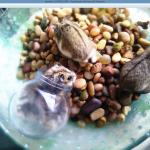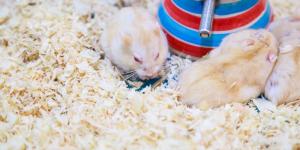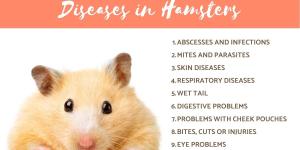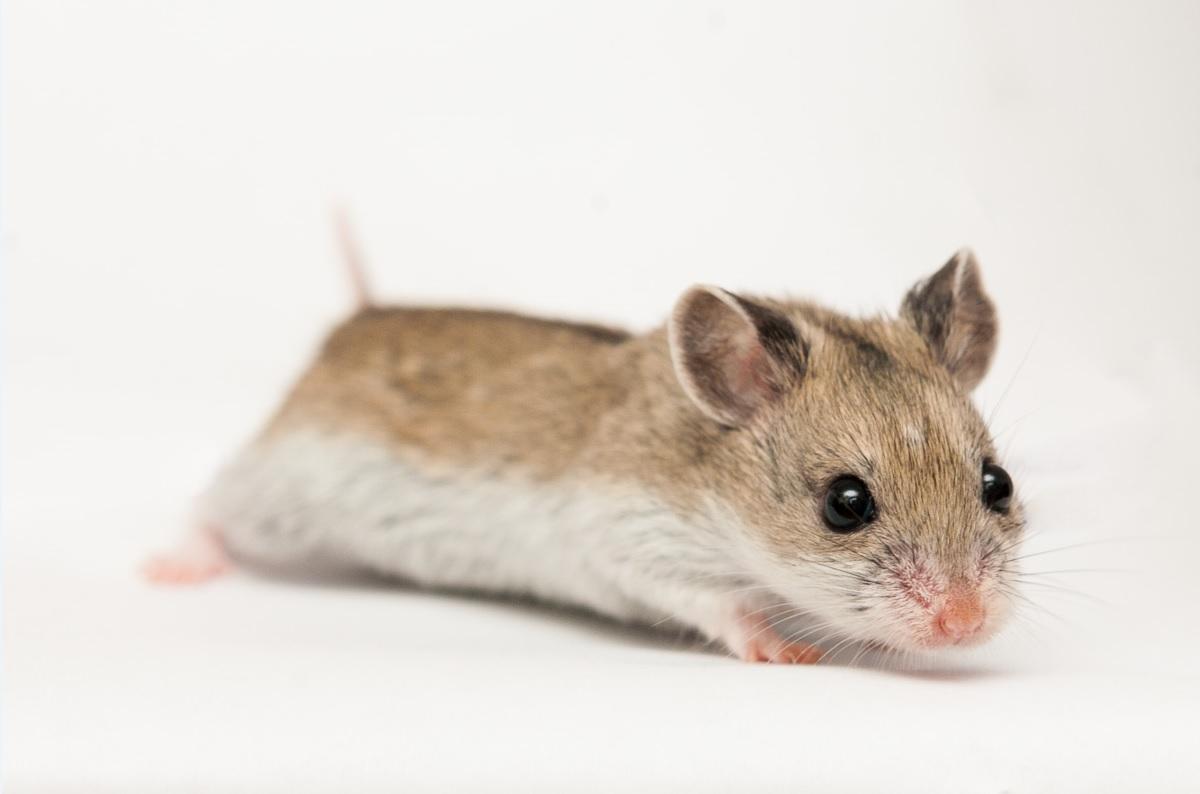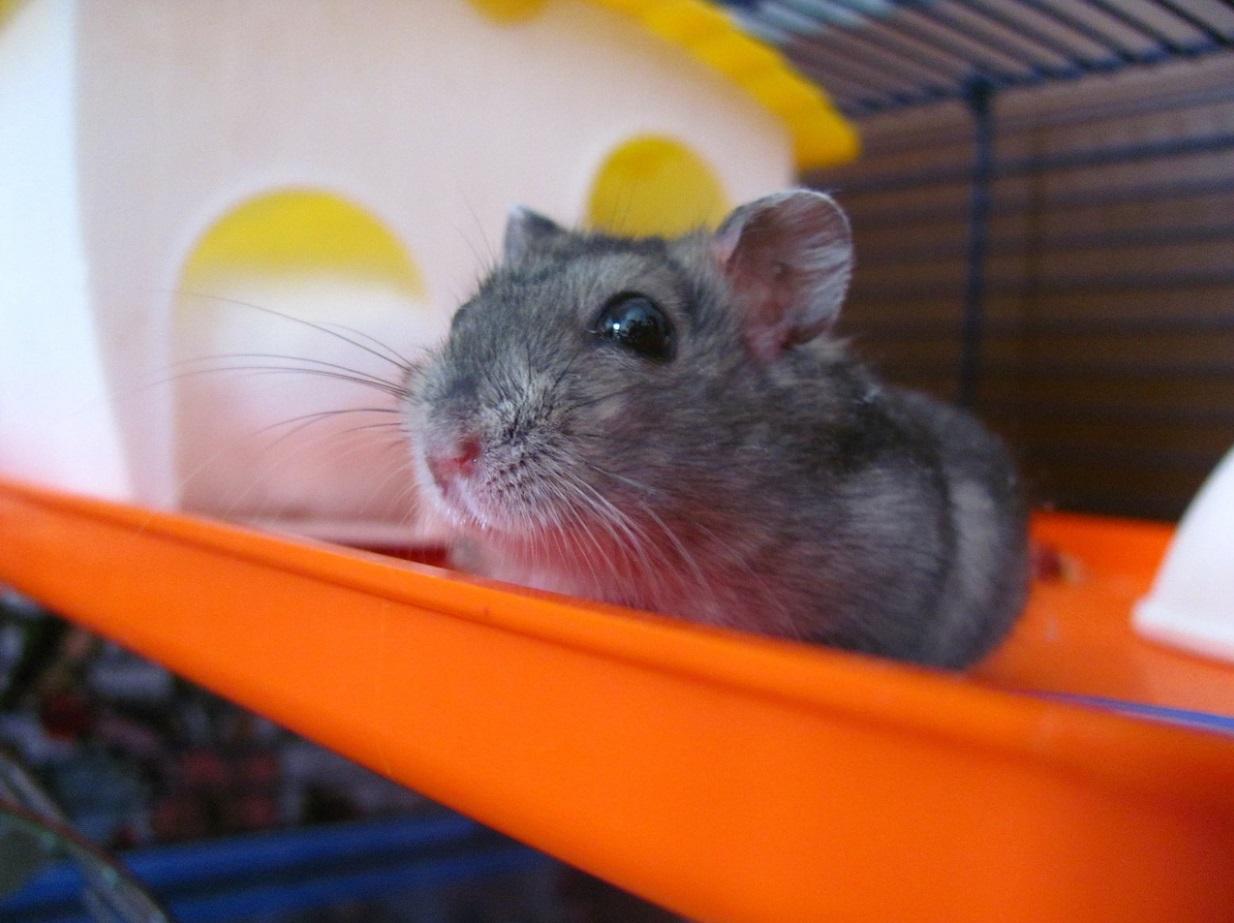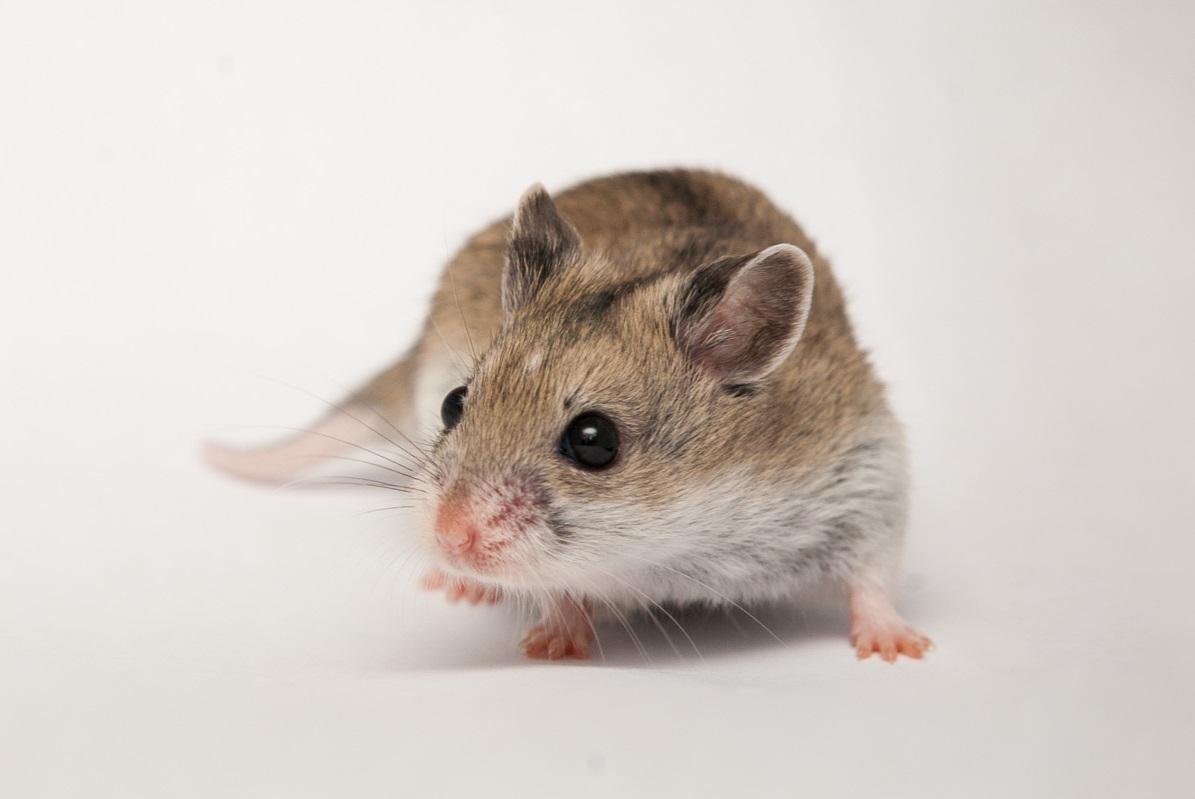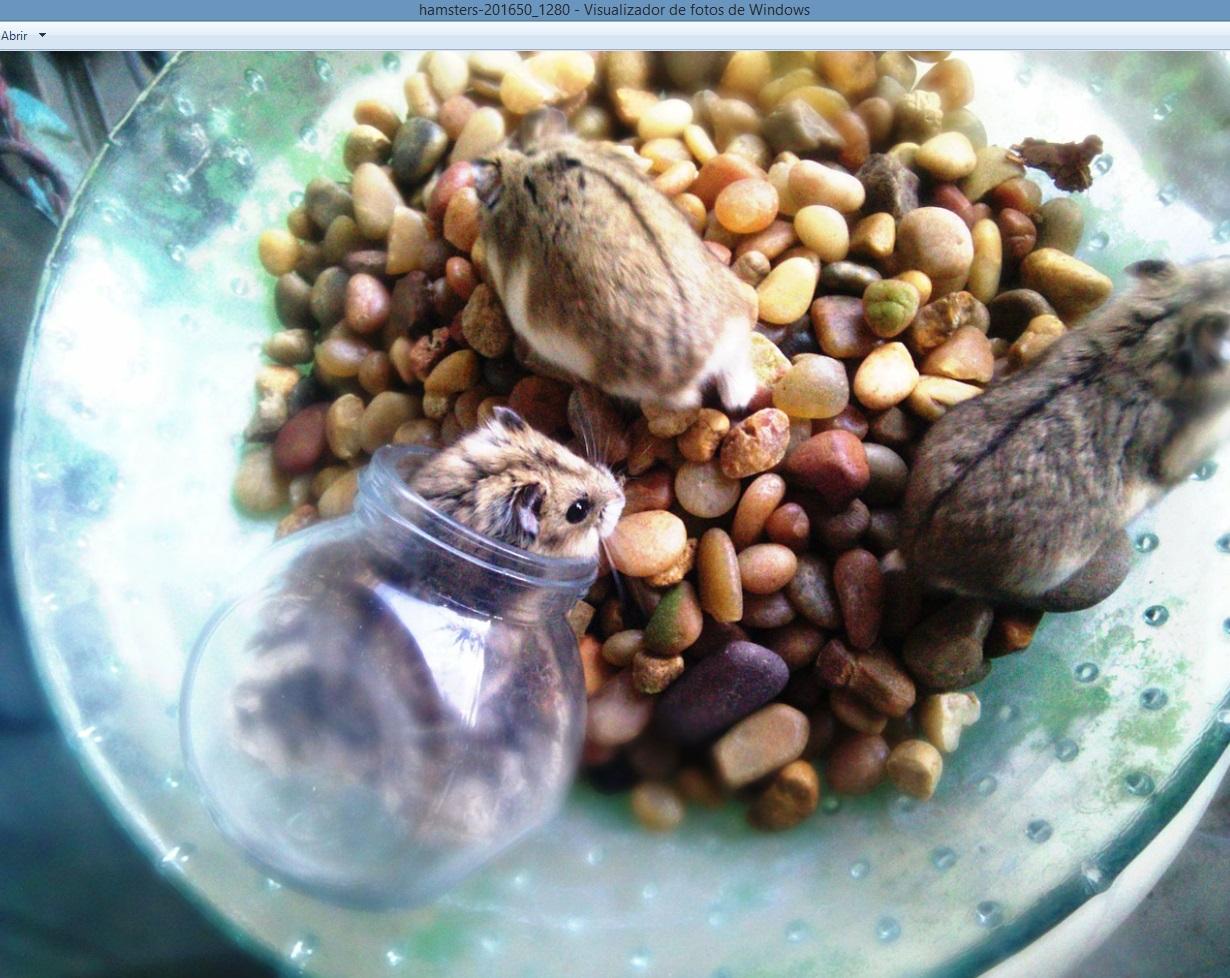Chinese Hamster

Coming from a wide subfamily of rodents, the Chinese hamster (Cricetulus griseusis) is one of the most common small companion animals worldwide. However, this will depend where you live as certain hamster breeds are more popular in some places compared to others. Their small size means their care is relatively easy, but this does not mean you you do not need to take the responsibility of adopting one seriously. Read on to find out everything you need to know about Chinese hamsters.
- Asia
- China
- Mongolia
Origin
As their name indicates, the Chinese hamster comes form China, more specifically the desert areas of northeast China and Mongolia. This breed of hamster was first domesticated in 1919 and their history began in sadder circumstances. This is because they were used as a laboratory animal. Years later other rodent breeds were considered more suitable for scientific research, but the Chinese hamster was not forgotten. They became popular as a companion animal (pet).
Physical appearance of Chinese hamsters
Perhaps the most distinguishing feature of a Chinese hamster is their thing and elongated prehensile tail. While still small, at between 2 to 3 cm in length, their tail is longer than most other hamster breeds. They have a certain resemblance to the common mouse, but they generally only grow to be about 10 to 12 cm in length and weigh about 35 - 50 g.
They have dark eyes and open ears which give them a facial expression which seems quite ‘innocent’. This is one of the reasons Chinese hamsters are such cherished pets. They present some sexual dimorphism, with males being slightly larger than females. Males also tend to have relatively large testicles when compared to the rest of their body.
The Chinese hamster usually appears in one of two colors, reddish brown or grayish brown. Although very rare, black specimens do exist. We can observe lines in the upper parts of their body along their spinal column, ending in the tail.
Chinese hamster behavior
The Chinese hamster, once domesticated, is an ideal pet that will not hesitate to climb on our hands or sleeves. They are particularly affectionate for hamsters and often enjoy our caresses and care. They are very intelligent and playful animals which enjoy contact with their human guardian.
They are somewhat unpredictable towards members of the same species. They can become territorial when they are used to being solitary animals (it is not advisable to join groups that are not of the same sex). We must observe for aggression when introducing new hamsters or keeping them in groups as aggression or disputes may occur.
Chinese hamster diet
In the market you will find a multitude of products from different brands that include various feeds to give to your Chinese hamster. The food hamsters eat should include oats, wheat, corn, rice and barley. They should be foods rich in fiber and low in fat.
You can add fruits and vegetables to their diet. Ideal examples include cucumber, tomatoes, zucchini, spinach or lentils, as well as apples, pears, bananas or peaches. You can also add small amounts of nuts such as hazelnuts, walnuts or peanuts. In the case of Chinese hamster pups, pregnant mothers, lactating mothers or the elderly, we can include oatmeal with milk in their diet. In nature, wild Chinese hamsters feed on herbs, sprouts and seeds, and even insects.
We can also provide a list of forbidden food for hamsters which they need to avoid.
Cages for Chinese hamsters
Chinese hamsters are very active animals and therefore must have a cage of at least 50 x 35 x 30 centimeters. Their great fondness for climbing means we need to provide a cage with different tiers and climbing obstacles. A wheel is also important so they can exercise and have sufficient environmental enrichment. If you have the space and resources, a hamster run is ideal. Not all Chinese hamsters will enjoy hamster balls.
Chinese hamster health
As with all hamsters, we need to keep their cage hygienic and do our best to ensure their well-being. This means providing the right kind of food, reducing stress and taking them to a vet when we see signs of a health problem. Some of the most common Chinese hamster health problems include:
- Tumors: at an advanced age, your hamster is likely to develop tumors.
- Cannibalism: if a Chinese hamster suffers from protein deficiencies, they can resort to cannibalism of their own babies or with members of the same habitat.
- Fleas and lice: we should not especially worry about the appearance of these insects if you live indoors, but it is always important to be careful. This is especially important when you have another pet with an infestation.
- Hind palsy paralysis: when they suffer a major fall, the hamster may show paralysis of their hind legs due to shock, although they normally regain mobility after rest.
- Pneumonia: if your hamster is exposed to strong air currents or low temperatures, they can develop pneumonia, which you can identify from nosebleeds. Provide a warm and relaxed environment for their recovery.
- Fractures: after suffering a blow or a fall, our hamster can fracture a bone. They usually heal themselves in a period of 2-3 weeks.
- Diabetes: this is very common if we do not feed them correctly, but it can also appear due to hereditary causes.
Chinese Hamster photos



